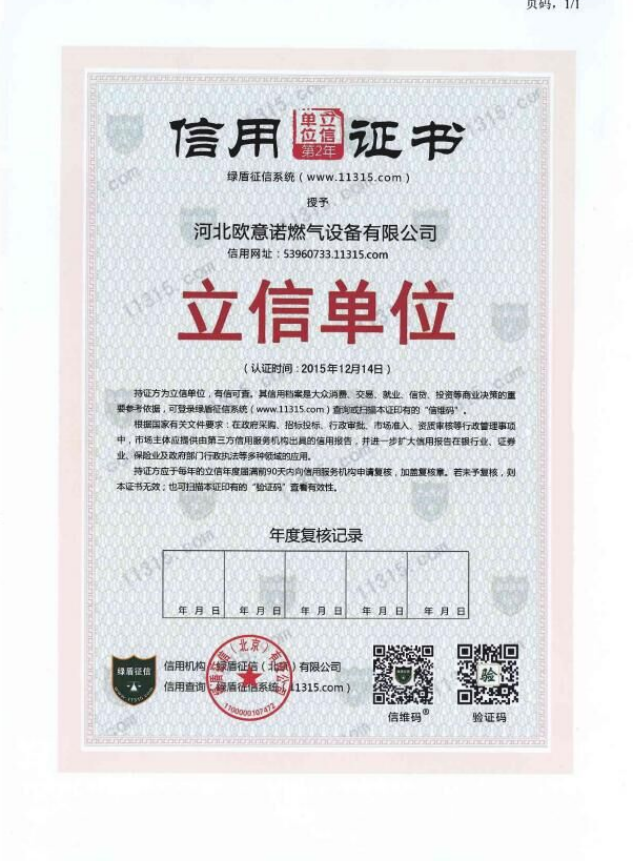
Dec . 30, 2024 17:43
Back to list
coalescing filter
The Coalescing Filter A Critical Component for Clean Fluid Systems
In various industrial applications, the clarity and purity of fluids are paramount. Whether in oil and gas production, chemical processing, or water treatment, the need for clean, contaminant-free fluids cannot be overstated. This is where coalescing filters come into play. These sophisticated devices are essential for removing moisture and particulates from fluids, ensuring the efficiency and safety of processes.
What is a Coalescing Filter?
A coalescing filter is designed to separate small droplets of water or other liquids (the dispersed phase) from a continuous phase, typically oil or air. The primary function of these filters is to encourage the coalescence, or merging, of tiny droplets into larger ones, which can then be easily removed. This process is crucial because smaller droplets tend to remain suspended in fluids, making them challenging to filter out using conventional methods.
How Do Coalescing Filters Work?
The operational principle behind coalescing filters revolves around the phenomenon of coalescence. The filter media, often made from specialized synthetic fibers or microglass, captures small liquid droplets while allowing the primary fluid to pass through. As the fluid flows through this media, smaller droplets collide and merge to form larger droplets. This process is aided by the filter’s designed surface structure, which facilitates the collision and growth of droplets.
Once these droplets reach a certain size, they are heavy enough to overcome the buoyancy forces keeping them suspended, allowing them to gravitate down to a collection chamber or separator. This design enables continuous operation, as the primary fluid can keep flowing while the separated contaminants are removed periodically.
Applications of Coalescing Filters
Coalescing filters are used in various sectors, including
coalescing filter

1. Oil and Gas Industry In the extraction and transportation of crude oil, coalescing filters are used to remove water and solids from the oil stream. This separation not only enhances the quality of the oil but also protects downstream equipment from corrosion and fouling caused by water contamination.
2. Chemical Processing Many chemical reactions require a pure environment free from water, which could lead to undesirable reactions or affect product quality. Coalescing filters help maintain this purity by removing residual moisture from components before they enter reactors or blending processes.
3. Air Compression Systems In pneumatic systems, moisture in compressed air can lead to equipment degradation and product contamination. Coalescing filters are utilized in compressed air systems to remove water vapor and other particulates, ensuring that the air quality meets operational standards.
4. Marine Applications In marine engineering, fuel filtration is critical to prevent water from entering engines, which can cause severe damage. Coalescing filters are often part of fuel systems to remove harmful water droplets, thus safeguarding engine performance.
Maintenance and Efficiency
The efficiency of coalescing filters is influenced by several factors, including the quality of the filter media, flow rate, and the size and nature of contaminants. Regular maintenance, including timely replacement of filter elements, is critical to ensure optimal performance. Monitoring the pressure drop across the filter is a common practice to gauge when servicing is needed.
Innovations in filter technology are also enhancing the performance of coalescing filters. Advances in materials science are leading to the development of filter media that can capture even smaller droplets, further improving the efficacy of these devices.
Conclusion
Coalescing filters are a vital component in ensuring the cleanliness and integrity of fluids across various industries. Their ability to effectively separate water and particulates not only protects equipment but also enhances product quality and safety. As industries continue to prioritize efficiency and sustainability, the role of these filters will undeniably grow, making them indispensable in the quest for cleaner processes and products. Understanding and implementing coalescing filters is a step towards achieving higher operational standards and safeguarding valuable resources.
Latest news
-
Safety Valve Spring-Loaded Design Overpressure ProtectionNewsJul.25,2025
-
Precision Voltage Regulator AC5 Accuracy Grade PerformanceNewsJul.25,2025
-
Natural Gas Pressure Regulating Skid Industrial Pipeline ApplicationsNewsJul.25,2025
-
Natural Gas Filter Stainless Steel Mesh Element DesignNewsJul.25,2025
-
Gas Pressure Regulator Valve Direct-Acting Spring-Loaded DesignNewsJul.25,2025
-
Decompression Equipment Multi-Stage Heat Exchange System DesignNewsJul.25,2025

